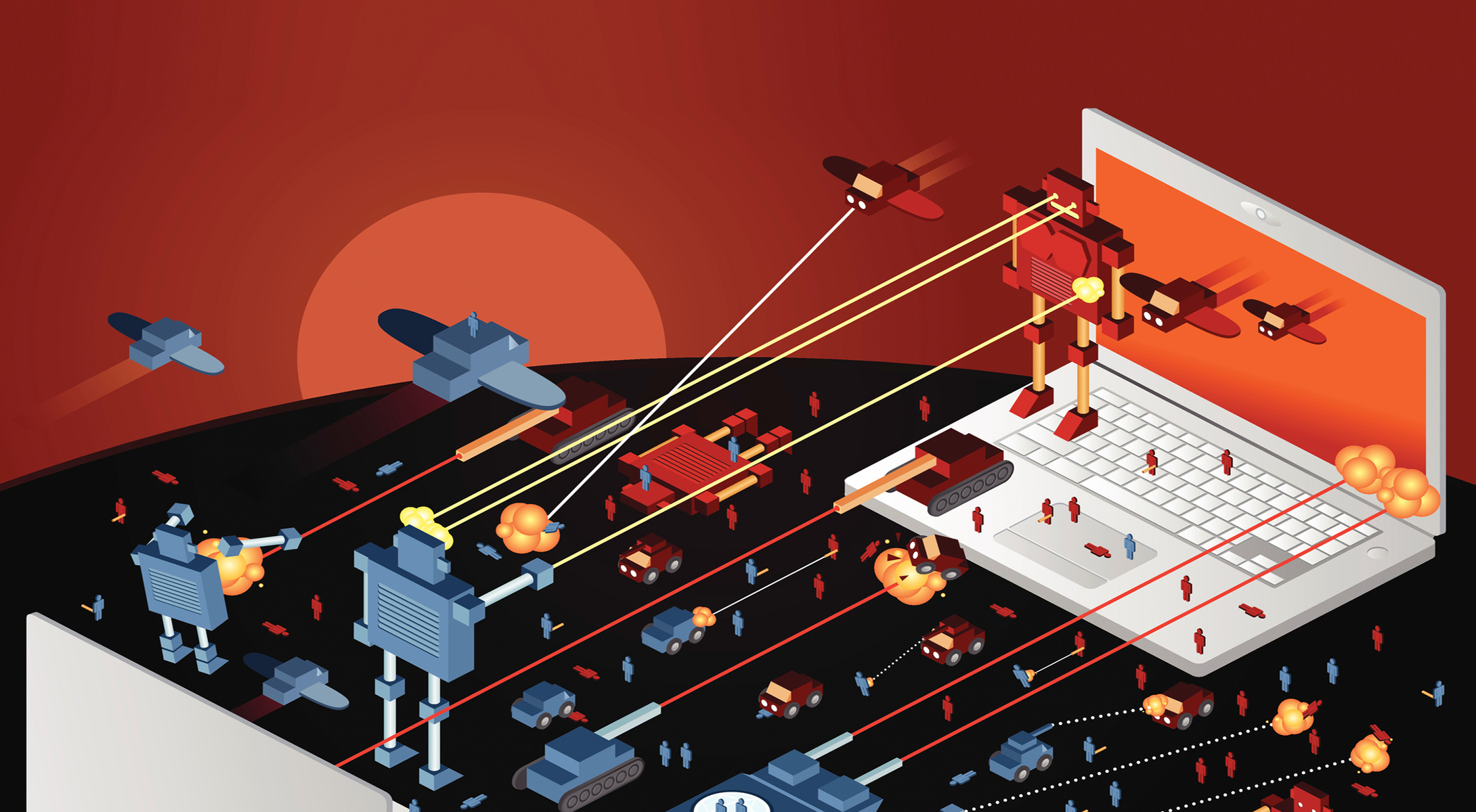Welcoming the Future of Work
This post originally appeared on Bina Chaurasia’s LinkedIn.
The future of work is being defined right now by the global implications and personal experiences of the COVID-19 pandemic. This provides a once-in-a-generation catalyst for change that will have an impact far into the future.
While many of us have been sheltering-in-place, we have had the opportunity to experience and imagine a new world – a world quite different from the one we were in a few short weeks ago.
When we look back and think about monumental shifts in behavior, digital transformation has been a catalyst for so much of the disruption in our world. Combined with shelter-in-place and the pandemic experience of social distancing, virtual interaction will finally up-end the workplace experience.
I compare it to the rise of e-commerce. When people tried online shopping, they realized that the t-shirt they bought online was just as good as the one they could buy in-store. As technology advanced, there were tools to ensure that t-shirt would fit as well as if you’d tried it on, and then tools to ensure it would match the rest of your outfit, and so on. We have seen the same with groceries – as people lose their attachment to touching every avocado in the bin and trust others to select and deliver their avocados to them, we see a slow shift in behavior towards the digital and convenient. Over time, in many areas of our day-to-day lives, the advantages of in-person versus online decision-making are fading away as more and more of our experiences go virtual.
As a result of COVID-19, we should anticipate a similar revolution in the world of work. The trend towards the virtual will now deeply and widely embed itself into the workplace, and will change our behavior at work in meaningful ways.
How will this impact the future of work
I think we will see a future where most of us will be not just accepting, but outright encouraging, of remote work and flexible work arrangements. Second, we will become more comfortable and adept at making decisions without in-person interaction. Here are a few examples of how I see this playing out in the workplace:
1. How we hire
For hiring, that means we’re going to have to get very comfortable with using technology as the primary means of screening, meeting and evaluating talent. The whole process of attracting, hiring and selecting people will change while still challenging us to maintain a high quality end-to-end candidate experience.
This is a dramatic change from how many managers approach hiring decisions today, where in-person interactions are often considered essential to making a hire/no-hire decision. Hiring managers and candidates alike will have to become more comfortable making and accepting offers without in-person meetings.
2. How we think about office space
Now that many companies have settled into a remote working routine, it is likely that a much larger percentage of our workforce will wish to remain either partly or fully remote even when offices reopen. Leading companies will plan for this and rethink their flexibility around roles that don’t require someone to be on-site.
Just as the rise of the shared-ride economy opened up a new world of transportation and freedom, I believe we will see a world where employees will not need to brave long commutes to their workplaces every day if they choose not to, but rather will have the option to work from home or closer to home. They will be able to use an app to find options for flexible working spaces (in a post-social distancing, post-vaccine world). Corporate real estate is expensive, and needing less means that we can direct that investment elsewhere – toward innovative technology and purposeful people programs that will enable your organization to thrive in this new world.
Like e-commerce on retail and ride-sharing on taxis, COVID-19 has permanently disrupted the way we will interact with our workplace going forward.
3. How we develop and enable
The last decade brought us the technology to enable different ways of working, but adoption was incremental as we held on to a belief that in-person was somehow better. Social distancing has challenged that assumption and shown us that virtual experience can be just as meaningful.
We can expect our current situation to precipitate the rise and rapid corporate adoption of these innovations – especially around development and engagement – leading to a better, more scalable, and globally-enabled employee experience.
This means business travel will also look different — from hiring to training to selling — and we’ll see big declines in travel as virtual engagement becomes the norm and virtual handshakes become just as compelling as physical ones.
What’s needed to make this happen
To realize this future world of work, we’ll see the development of some key enablers — both on the technical side and the people side. More advanced technologies will emerge, including tools that further facilitate seamless virtual collaboration, communication, and productivity.
But technology is only one piece of the puzzle. We also need managers and leaders with new skills who can hire, engage, and develop their employees in this new world. Communications, especially from leadership and managers, will become more essential and frequent in a more virtual world. The ability to connect across screens, instead of across tables, and to establish a sense of community that is not based on a shared space will be a new – and essential – leadership skill.
Connecting employees to the company – its purpose, mission, culture, and business direction – will all rely on frequent, authentic, and consistent communications throughout the organization. A virtual experience challenges leadership to communicate their culture in a more purposeful way, not relying on the in-person cues and curated in-office experiences to say it for them.
Why we should welcome this future
I, for one, could not be more excited about this future world of work.
Everyone will learn how to work remotely – we’re doing it now! – and that will become more the norm instead of the outlier. With that comes a more inclusive way of working – where there is less divide between the people in the conference room and the team members on the call, between the headquarters experience and field office experience, and between leaders up the management chain and employees on the front line. Distance becomes an equalizer, not an impediment.
And it will create a cleaner, more sustainable way of doing business that is better for our health and our world.




